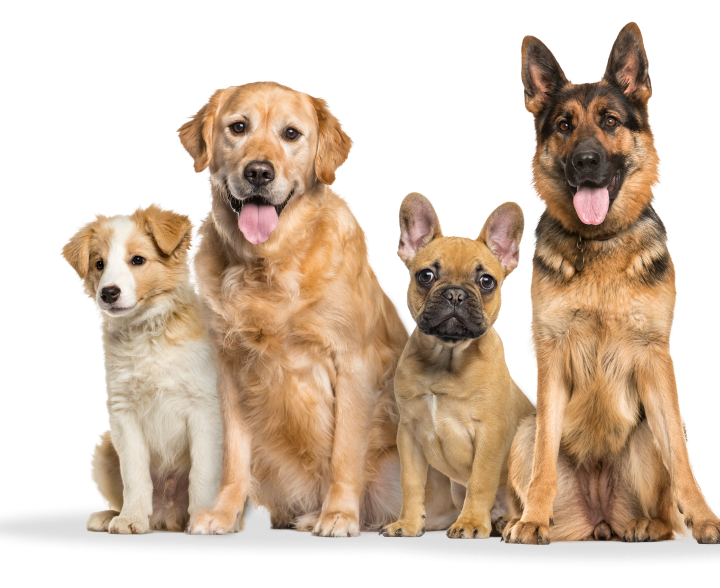
Get a free pet insurance quote in less than 60 seconds!
Easily compare quotes from the most trusted pet insurance companies in the United States.

- Regurgitation
- Refusing to eat
- Loss of appetite
- Sudden weight loss
- Exaggerated or frequent swallowing
- Coughing
- Sour or foul smelling breath
- Aspiration pneumonia
- Nasal discharge
- Poor growth
- Increased respiratory noises
- Extreme hunger
- Excessive drooling

Worried about the cost of treating your pet's symptoms?
Pet Insurance covers the cost of many common pet health conditions. Prepare for the unexpected by getting a quote from top pet insurance providers.

7 found this helpful
7 found this helpful
2 found this helpful
2 found this helpful
0 found this helpful
0 found this helpful
1 found this helpful
1 found this helpful
3 found this helpful
3 found this helpful

Get a free pet insurance quote in less than 60 seconds!
Easily compare quotes from the most trusted pet insurance companies in the United States.

